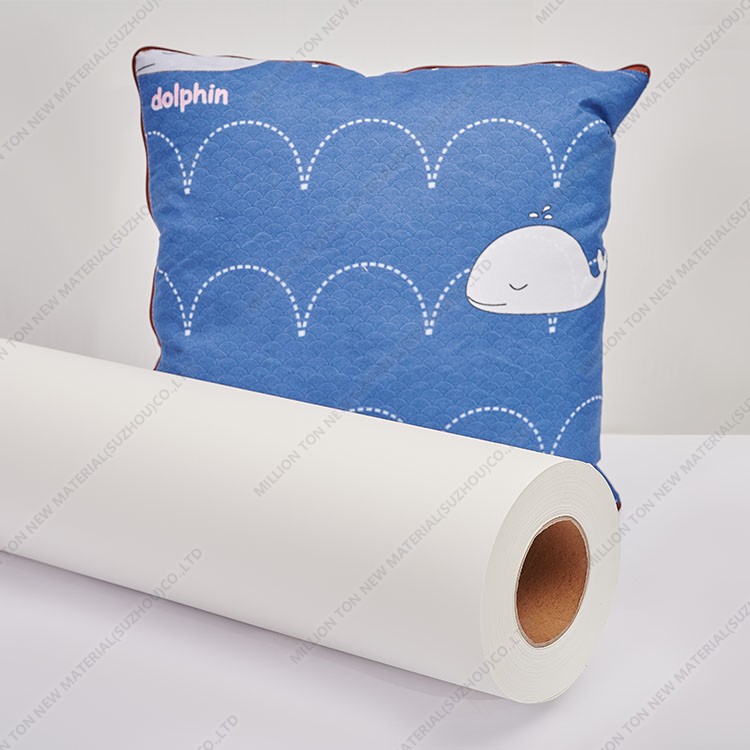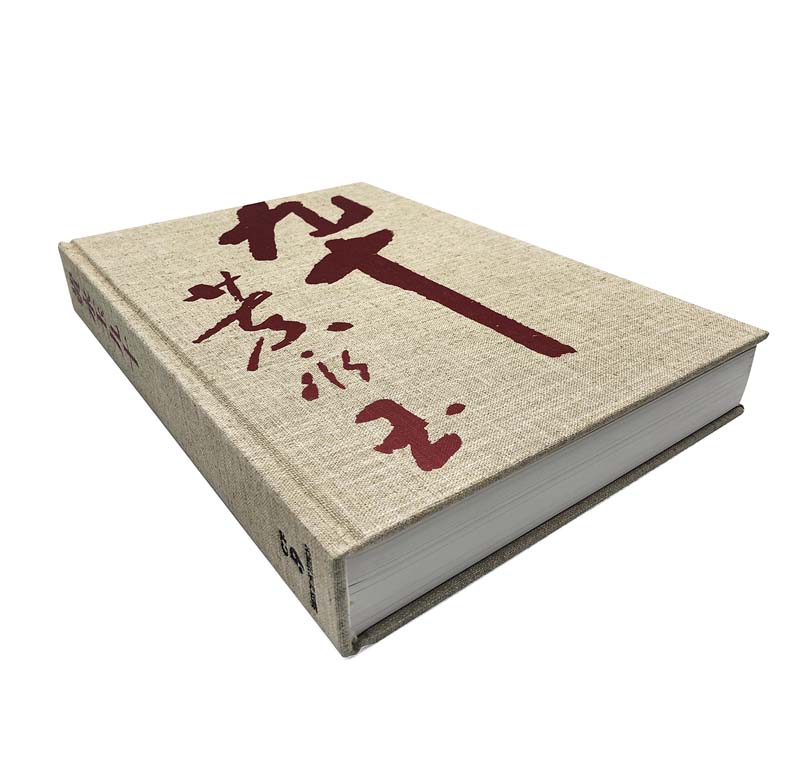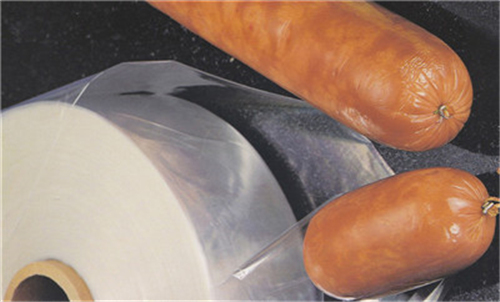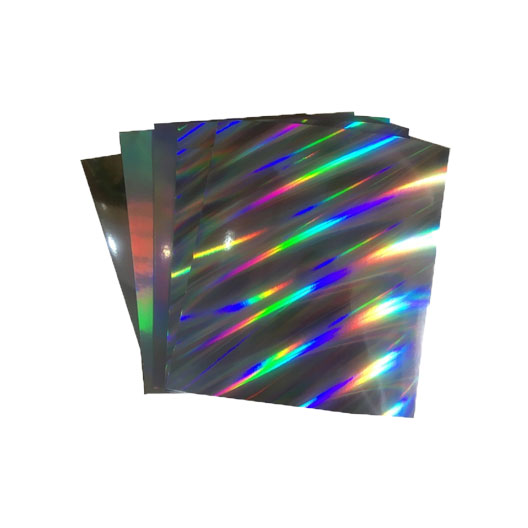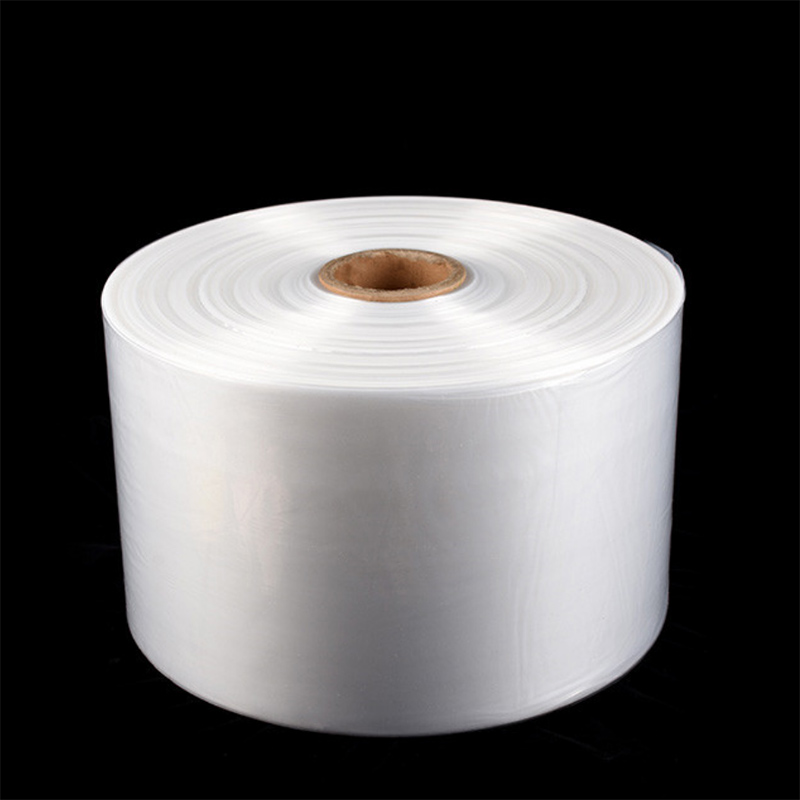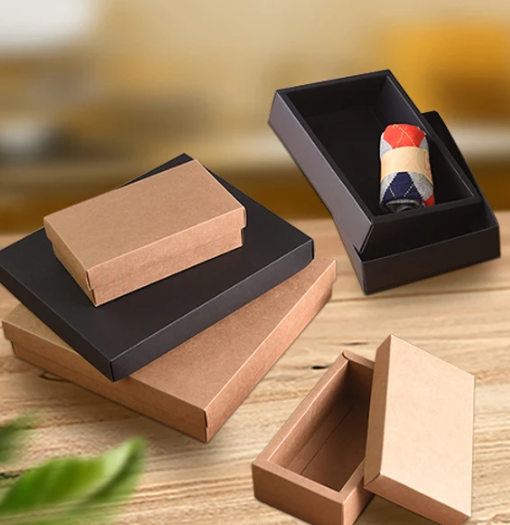Why Paper Planner and Paper and Pen Will Never Die?
Why Paper Planner and Paper and Pen Will Never Die?
Have you ever asked yourself why is it that despite full digitalization when creating projects, plans, important tasks or ordinary notes, your hand still reaches for paper and pencil?
Undoubtedly, storage, transfer and processing can be done much faster digitally than by using ordinary paper and pen. Interestingly enough, many people usually start creating complex things or planning on paper. For example, Jack Dorsey, the creator of Twitter (now X), first
started designing the application on paper.
A sketch Jack Dorsey made when he created Twitter (X) in 2005
Obviously, paper and pen is the oldest method of transferring thoughts to the physical plane. This was done by our ancestors by means of cave paintings and messages on the cave walls. Most likely, this remained in us at the genetic level.
In addition to that, there is no easier, faster and more organic way to put your thoughts into tangible form. That's why we often draw something on paper when we talk on the phone, carry notebooks or notepads with us, and often use A4 sheets at meetings to draw or write something.
Moreover, even psychologists advise to write down all your thoughts and emotions on paper when something is troubling you in order to release emotional tension from your head, as if opening the lid of a boiling pot.
Then why do people still prefer paper and pen, at least at the first stages? Let's analyze this from a scientific point of view.
Handwritten notes make the brain work harder
Writing by hand helps the brain learn and remember better — that's the conclusion of Frederikus Ruud Van Der Weel, professor of cognitive psychology, and his wife Audrey van der Meer, professor of neuropsychology at the Norwegian University of Science and Technology (NTNU).
This was proved by an experiment where words from the game Pictionary were projected on a large screen to the participants, who had to either type them on a keyboard (describe them in words) or draw them in the form of pictures using a stylus on one of the two tablets-laptops, with a geodesic sensor network on their heads to monitor brain activity.
It was proved that the brain was more involved in the creation of a drawing, because there was a more complex and deep recording of information than when pressing keys. This process allowed to memorize more details, and related information, as well as to reproduce it more easily from memory.
Experimental set-up with a participant wearing the Geodesic Sensor Net
© 2017 van der Meer and van der Weel.
It is worth mentioning that different types of writing require different degrees of kinesthetic information (feedback between sensations and body muscles, sensations related to movement in space).
Writing by hand and forming each letter engages fine hand coordination, which is not the case with typing. The very use of pen and paper creates more 'anchors' in the brain that help to consolidate the memories associated with writing: the pressure of the pen, the look of the letters on the page, and the sound of the pen when writing.
Being interrelated processes in reading as in writing, the areas of the brain associated with the writing process are also activated (according to fMRI studies on preschoolers and adults).
Thus, when we write, we involuntarily activate many perceptually sensitive parts of the brain. These connections of sensory experiences to different parts of the brain are what make our brains ready for learning.
In turn, the very process of writing and handwritten texts undoubtedly influence the formation of a more coherent, rich written and oral speech, helps to organize thoughts.
Long before these studies, psychophysiologist Nikolai Bernstein studied the information coming to the brain from different parts of the body when making complex movements.
The scientist came to the conclusion of 'motor equivalence' — when creating each symbol, letter, or drawing, our memory stores a sequence of gestures necessary for their creation. He called these memory traces 'generalized motor programs.' This is why a person can learn to write by clasping a pencil with his toes, and substituting writing by hand.
This proves the undoubted contribution of writing and drawing to the development of cognitive abilities, creating complex connections and in the brain. So we can conclude: a sequence of gestures is stored in memory and due to these complex connections in the brain a person can easily write, for example, a letter not by hand, but by foot.
Paper planners are timeless
When we talk about writing, we usually think of a notebook, planner, diary, journal, and ultimately an A4 sheet where it is convenient to keep all your notes. Everyone chooses a practical way of organizing notes for themselves.
One thing is obvious — paper planners and organizers, which are very popular year after year, will never disappear from store shelves.
Moreover, there are entire communities of planning fans like Planner Addicts — people who are fascinated by paper diaries and the creativity of keeping them. The following are a few options for note-taking.
5 convenient options for those who are used to making notes on paper
A Bullet Journal is a dot grid notebook that contains sections for daily, weekly, and monthly entries, notes, and long-term goals. Bullet Journal (or BuJo for short) was created by Ryder Carroll, a digital product designer as a methodology for conscious and productive living.
Bullets are short sentences combined with special symbols that visually separate entries into categories such as Tasks, Events or Notes, helping to speed up and streamline the organization process.
photo by user givemeyournuggets
Tweek was originally created as an online paper planner. The goal of the developers was to create a planner as simple as possible so that users who are used to the simplicity of paper planners would not feel much difference. Of course, they would not hear the rustle of paper and the sound of a pencil scribbling, but instead, they would get the full advantage of the digital format.
Tweek Planner
Moleskine is a well-known notebook and planner, convenient with its minimalism, brevity and quality of workmanship, having a thin bookmark and closing with an elastic band.
There is also a synchronized solution, the Moleskine Smart Writing Set, in which the Paper Tablet Notebook transfers notes made on paper with a special pen directly into the app.
© Moleskine
What Is Tacky Sublimation Paper And Why Do You Need It?
Non Wet Strength Metallized Paper: Unveiling the Future of Packaging
How to Maintain a Barcode Printer: A Comprehensive Guide
How to Make Perfect Popcorn in a Microwave Paper Bag?
Embracing Sustainability: The Advantages of Compostable Packaging Pouches
Exploring the Compatibility of Dye Ink in Printers
What is VCI film?
Just like a paper notebook thanks to its shape and lack of backlighting and glare, the reMarkable tablet also transfers all notes and sketches to all digital devices. The feature that converts handwritten notes into typed text saves time when creating typed documents.
© The Dash Planner
The most convenient and simple way is still a plain sheet of paper. Undoubtedly, it is always at hand in any office and at home. Most people first resort to this method when it is necessary to quickly sketch a plan, draw a scheme, make an outline of the project, and write something down.
photo by Tamsyn McKenna
Conclusion
For many people, taking notes by hand will never die, because it is really convenient and fast. Importantly, writing has a positive effect on cognitive development and brain activity.
This brain activity has a positive effect on flexibility, which is very necessary in today's world with its fast pace and high flow of information. This flexibility of mind reduces stress levels and helps to adapt more easily to changing conditions, to solve tasks faster and more efficiently.
There isn’t much our smartphones can’t do. They store our contacts, give us directions, allow us access to our bank accounts at the touch our fingertips and even let us know what the weather will be like. But one very important thing they can’t do is replace the paper calendar or planner.
What is it about a paper calendar? Like the digital calendar, all the information you need is at your fingertips. Unlike the digital calendar, you can actually see what it is you have planned out. One quick glance over a monthly calendar or a week in a planner and you know the who, what, where and when of your life. It takes a lot of clicks on a smart phone to even see what you have planned on any given day.
It’s not just seeing at a glance where you are, where you have been and where you are going at once. Being able to see weeks and months in advance gives a sense of progress over a period of time. Marking off progress by counting down dates on a calendar can give a person a much greater sense of satisfaction at accomplishing something. You can’t really X out or countdown digitally.
Kayla Sloan, writing in a blog for Calendar.com, a digital calendar app company located in Palo Alto, California, concedes that there will always be a place for the paper calendar. In a post titled “14 Reasons You May Still Want a Paper Calendar,” Sloan lists the many reasons paper trumps digital, including that paper allows for better recall and a sense of serenity with not being “plugged in” at all times.
“There’s a prevailing assumption that just because there’s a new high-tech version of something previously handled in a low-tech way, one should adopt that technology,” says Pamela Paul, editor of The New York Times Book Review. When confronted with new technology, Paul asks herself, “will this new technology substantively help?” For Paul, when it comes to calendars, technology is more of a hindrance. She further explained in an interview with The New York Times, it is the “same thing with paper calendars; they’re just better. I get irrationally impatient with the slowness with which people tap meetings into their calendars on the phone. It is at least 30 seconds faster to write it in an old-timey agenda (Levenger here). My Google calendar will always play second fiddle to this far more detailed agenda, supplemented by Post-its and a Moleskine to-do list.”
And Paul is not alone. Writer Michael Grothaus discovered there are definite advantages to carrying a paper calendar. In his article he wrote for Fast Company, “What Happened When I Ditched My Smartphone for a Paper Planner,” Grothaus shared that he found it easier to plan and remember appointments, to take more detailed notes and it allowed him to look back at his past.
Whether it be wall calendars, weekly planners or checkbook-sized months-at-a-glances, for whatever purpose you need to plan ahead, paper calendars may just be a better option.
Why Paper Planner and Paper and Pen Will Never Die?
Paper Calendars Are as Important as Ever
Further reading:Revolutionizing Efficiency: The Multi-Function Packaging Machine
What is the best packaging for ice cream delivery?
Unveiling the Beauty of Spirit Glass Bottles: Aesthetic Appeal and Elegance
How Many Times Can A Glass Ampoule be Used?
What is Kraft Wrapping Paper, and How is it Different from Regular Gift Wrapping Paper?
What material is used for pouch packaging?
How do you make a successful sticker?
- 0
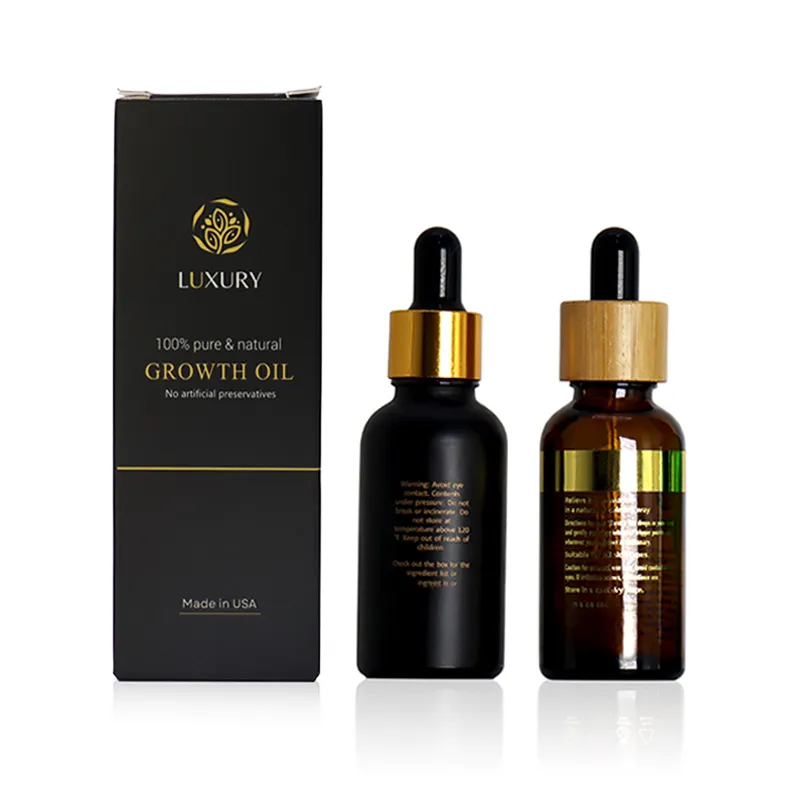
- 480
- 0
- 0



